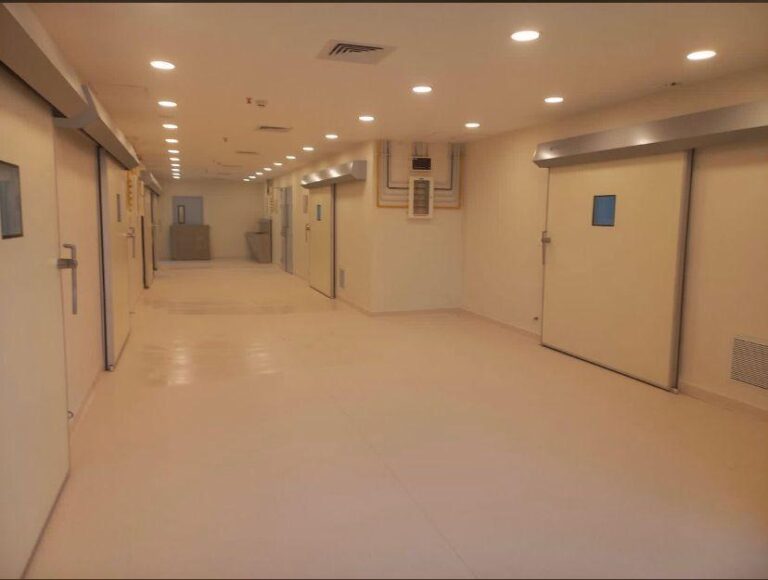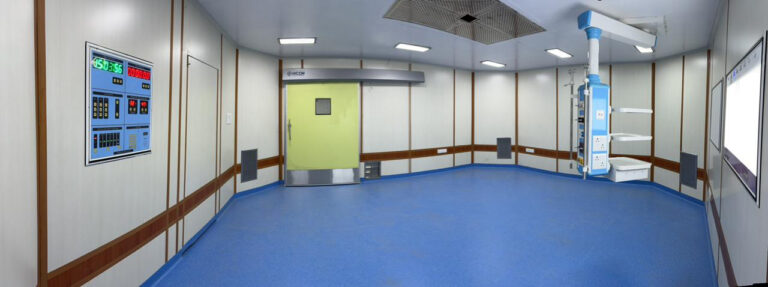Creating and maintaining a contamination-free environment is crucial in industries like pharmaceuticals, biotechnology, food processing, and electronics. At the heart of these environments are clean rooms, which are designed to control airborne particles, temperature, humidity, and pressure. When building or upgrading a clean room, selecting the right clean room doors and panels is essential for ensuring long-term operational efficiency, hygiene, and regulatory compliance.
Here’s a comprehensive guide on how to choose the right clean room doors and panels for your facility.
1. Understand Clean Room Classifications
Before choosing doors and panels, determine the classification of your clean room. Clean rooms are categorized based on the number of particles per cubic meter of air (e.g., ISO 5, ISO 7, etc.). Higher classification clean rooms require more stringent control of contamination and therefore need highly specialized construction materials.
Choose clean room doors and panels that are compatible with your classification. For higher grades, opt for materials with non-shedding surfaces, resistance to aggressive cleaning agents, and high air-tightness.
2. Prioritize Hygiene and Cleanability
Clean room environments must maintain exceptional hygiene levels. Therefore, doors and panels should be made of materials that are smooth, seamless, and non-porous. Stainless steel, high-pressure laminate (HPL), and powder-coated galvanized steel are commonly used in clean room construction for their ability to resist microbial growth and withstand rigorous cleaning routines.
Look for features like:
- Flush surfaces
- Rounded corners
- Minimal joints and crevices
- Chemical resistance
These features make cleaning easy and reduce the risk of contamination.
3. Evaluate Air-Tightness and Insulation
Maintaining air pressure differentials between rooms is crucial in clean room design. Clean room doors must be well-sealed to prevent air leakage and maintain the desired pressure levels. Doors with high-quality gaskets, automatic drop seals, or magnetic closures are ideal for achieving this.
Similarly, clean room panels should have good insulation properties to support temperature and humidity control. Insulated panels with polyurethane (PU) or polyisocyanurate (PIR) cores offer excellent thermal efficiency and structural integrity.
4. Choose the Right Door Type
Clean room doors come in various types depending on space constraints and operational requirements:
- Hinged doors: Ideal for areas with moderate foot traffic.
- Sliding doors: Great for areas where space is limited and ease of access is required.
- Automatic doors: Perfect for high-traffic areas or hands-free access in critical zones.
Evaluate the layout of your facility and choose a door type that supports your workflow without compromising the cleanliness standard.
5. Fire Resistance and Safety Compliance
Fire safety is another essential consideration. Ensure the doors and panels meet local fire codes and offer adequate fire resistance. Look for products that come with certified ratings and have been tested for fire performance.
Additionally, doors should have safety features such as vision panels, panic bars, and anti-crush protection in case of sliding or automatic doors.
6. Customization and Integratio
Each facility has its own set of requirements, which means off-the-shelf solutions may not always suffice. Choose a supplier like HIKOM International LLP, who can provide customized clean room doors and panels tailored to your facility’s layout, application, and regulatory requirements.
Integration with clean room monitoring systems, interlocking mechanisms, and access control can further enhance safety and efficiency.
Conclusion
Choosing the right clean room doors and panels is a critical step in setting up a high-performance clean room. By focusing on hygiene, air-tightness, material quality, safety, and customization, you can create a facility that meets both current and future regulatory standards.
For expert consultation and reliable products, HIKOM International LLP offers a complete range of solutions tailored to your clean room needs—combining durability, compliance, and innovation to keep your facility contamination-free.


